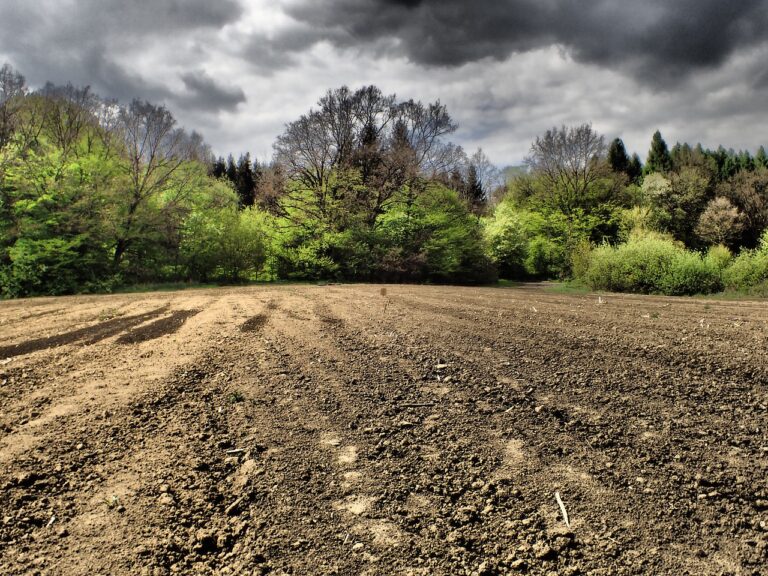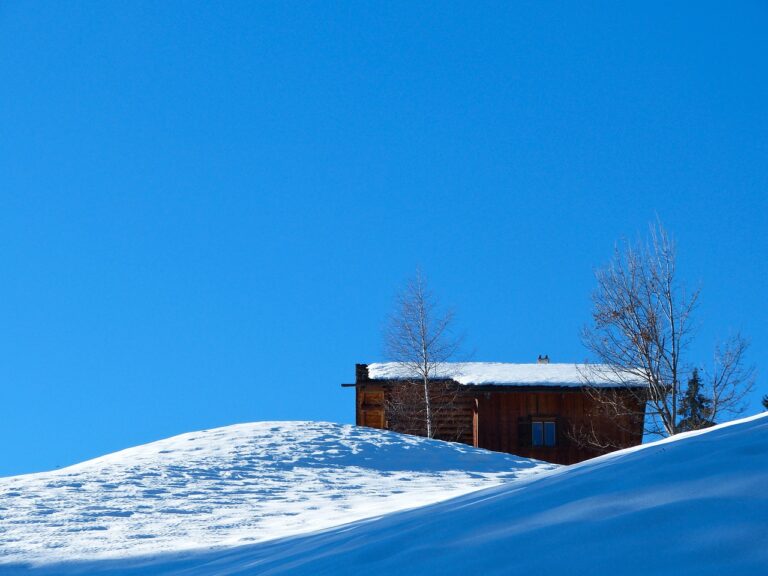Groundskeeping Challenges in Extreme Humidity Environments: 11xplay pro, Tiger 247 login, Betbook
11xplay pro, tiger 247 login, betbook: Groundskeeping Challenges in Extreme Humidity Environments
Maintaining the grounds in extreme humidity environments can be a daunting task for groundskeepers. The high levels of moisture in the air can create a host of challenges that need to be addressed in order to keep the landscape looking its best. From dealing with mold and mildew to preventing soil erosion, there are several key issues that groundskeepers need to be aware of when working in areas with extreme humidity. In this article, we will discuss some of the most common groundskeeping challenges in extreme humidity environments and provide tips on how to address them effectively.
Dealing with Mold and Mildew
One of the biggest challenges faced by groundskeepers in extreme humidity environments is dealing with mold and mildew. The high levels of moisture in the air create the perfect breeding ground for these unsightly and potentially harmful fungi. To prevent mold and mildew from taking over your landscape, make sure to keep the area well-ventilated and remove any dead or decaying plant material promptly. Additionally, using fungicides and mold inhibitors can help to keep mold and mildew at bay.
Preventing Soil Erosion
Another major challenge in extreme humidity environments is preventing soil erosion. The excess moisture in the air can cause the soil to become saturated, leading to erosion and loss of topsoil. To prevent soil erosion, make sure to use erosion control measures such as mulching, planting cover crops, and installing retaining walls. Additionally, regular soil testing can help you to identify any nutrient deficiencies that may be contributing to soil erosion.
Maintaining Healthy Plant Growth
In extreme humidity environments, plants can be more susceptible to diseases and pests, making it challenging to maintain healthy plant growth. To keep your plants healthy, make sure to properly space them to allow for adequate air circulation, monitor them regularly for signs of disease or pest infestation, and provide them with the nutrients they need to thrive. Regular pruning and weeding can also help to keep your plants healthy and vibrant.
Controlling Weeds
Weeds can quickly take over a landscape in extreme humidity environments, making it important to stay on top of weed control. To prevent weeds from spreading, make sure to remove them promptly and use mulch to suppress weed growth. Additionally, using herbicides and pre-emergent weed control measures can help to keep weeds at bay and maintain a pristine landscape.
Water Management
Proper water management is crucial in extreme humidity environments to prevent overwatering or underwatering your landscape. Make sure to water your plants deeply and infrequently to encourage deep root growth and prevent waterlogged soil. Installing a smart irrigation system can also help to ensure that your landscape receives the right amount of water at the right time, without wasting water or contributing to soil erosion.
Maintaining Equipment
In humid environments, groundskeeping equipment can be more prone to rust and corrosion, making it important to properly maintain and store your equipment. Make sure to clean and dry your tools after each use, lubricate moving parts regularly, and store them in a dry and well-ventilated space. Additionally, scheduling regular maintenance checks can help to identify any issues before they become major problems.
FAQs
Q: How can I prevent mold and mildew in my landscape?
A: To prevent mold and mildew, make sure to keep the area well-ventilated, remove dead or decaying plant material, and use fungicides and mold inhibitors.
Q: What is the best way to prevent soil erosion in extreme humidity environments?
A: To prevent soil erosion, use erosion control measures such as mulching, planting cover crops, and installing retaining walls.
Q: How can I maintain healthy plant growth in extreme humidity environments?
A: To maintain healthy plant growth, properly space your plants, monitor them for signs of disease or pest infestation, and provide them with the nutrients they need to thrive.
Q: What are the best practices for controlling weeds in extreme humidity environments?
A: To control weeds, remove them promptly, use mulch to suppress weed growth, and use herbicides and pre-emergent weed control measures.
Q: How can I ensure proper water management in extreme humidity environments?
A: To ensure proper water management, water deeply and infrequently, install a smart irrigation system, and prevent overwatering or underwatering your landscape.
In conclusion, groundskeeping in extreme humidity environments presents its own unique set of challenges, from dealing with mold and mildew to preventing soil erosion and maintaining healthy plant growth. By following these tips and best practices, groundskeepers can effectively address these challenges and keep their landscapes looking their best despite the high levels of moisture in the air.







